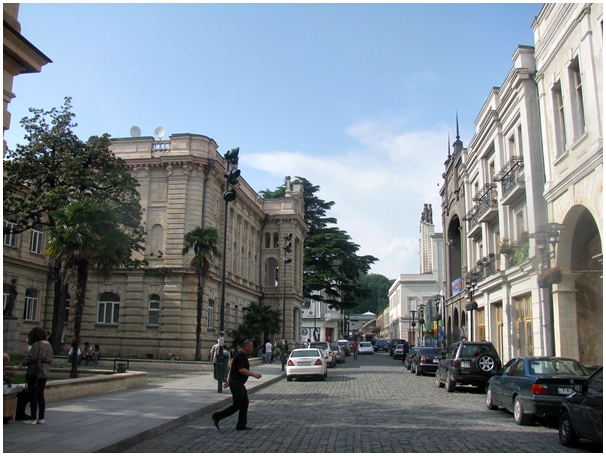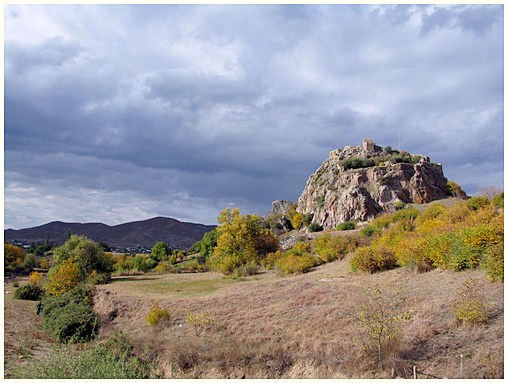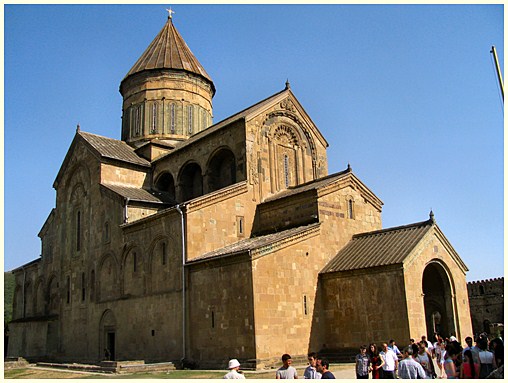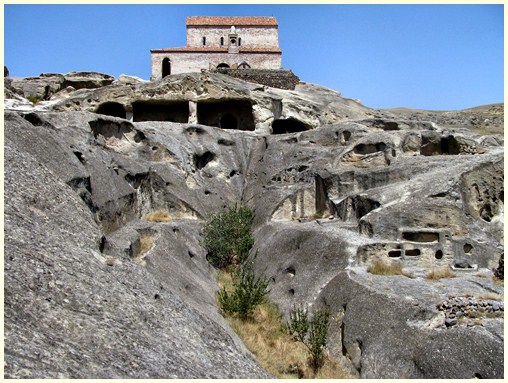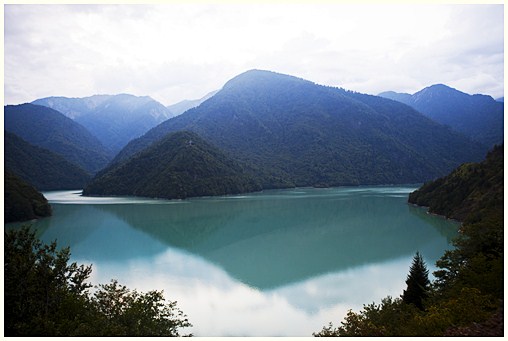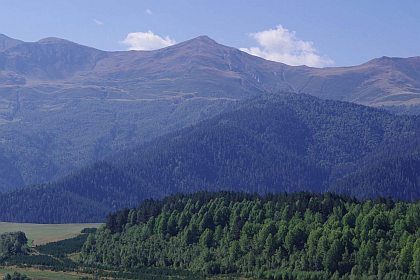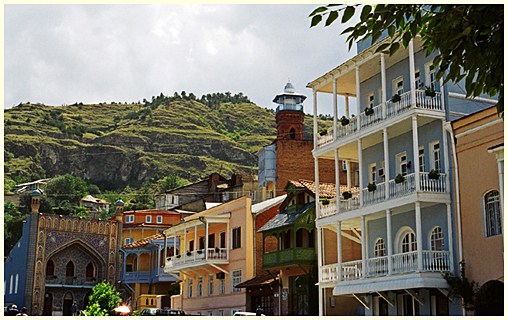Anecdote from the region Imereti
Pewnego razu kobieta wraca z bazaru w Kutaisi do domu obładowana siatkami z zakupami. Udając się w kierunku przystanku z marszrutkami zobaczyła nagiego mężczyznę biegającego po ulicy i krzyczącego coś do siebie i innych ludzi. Kobiecie nie sposób było nie zwrócić na szaleńca uwagi, toteż skierowała na niego swój wzrok. W tej samej chwili zorientowała się, że zapomniała kupić jednego produktu, poczym wykrzyknęła na głos: Ach ty czorcie jeden, o jajach jeszcze zapomniałam!
Imereti is divided into Zemo (upper) and Kvemo (lover) Imereti. It borders the Likhi Mountain Range to the east, Tskhenistskali River to the west, the Caucasus Mountains to the north and Mekheti or Persati Mountains to the south. The Imereti lowland is a part of the Kolkheti Valley with a sub-tropical sea climate. Winter here is mild, while summer is hot. The climate of upper Imereti is humid sub-tropical with winters that are colder and have more precipitation.
For centuries Imereti was the centre of Georgia life. During the 8th century Kutaisi (the biggest town in the region and the second biggest city in Georgia) became the capital of western Georgia and the capital for all of Georgia in the 10-12th centuries. This time was crucial for whole Imereti. Unique masterpieces of Georgian architecture were created at this time - Bagrati Cathedral and Gelati Monastery Complex (both are protected by UNESCO). During the 15th century, after the fall of the Georgian feudal monarchy, Imereti became a separate feudal kingdom - the Imereti Kingdom.
Imereti has always been known for its highly developed spiritual and family culture. Its developed also viticulture, cattle-breeding, poultry-farming, bee-keeping, production of dairy products and gardening. Imereti has some unique wine varieties and there is evidence that wine production here dates back to ancient times. Of particular interest is the village of Koreti (near to Sachkhere) for the large number of cellars and viticulture. Another interesting town is Shrosha witch is known for the pottery (Kvevri - beet-shaped wine vessels made of clay).
But Imereti is also popular for its location and wild area. In Sataplia Reservation are numerous grotto caves with corridor system with branches and halls. The cave is rich with stalactites, stalagmites and mineral rock curtains. Over 200 footprints from dinosaurs have been discovered here. To the north of Sataplia cave there is a flowering meadow on the cliff with a number of bee colonies.
The main attractions of the region are:
- historical places (Gelati, Kutaisi...),
- cathedral and monasteries (Motsameta, Bagrati, Mgvimevi...),
- National Parks ans Reserves (Sataplia, Ajameti, Borjomi-Kharagauli),
- production of pottery (Shrosha),
- birdwatching.
